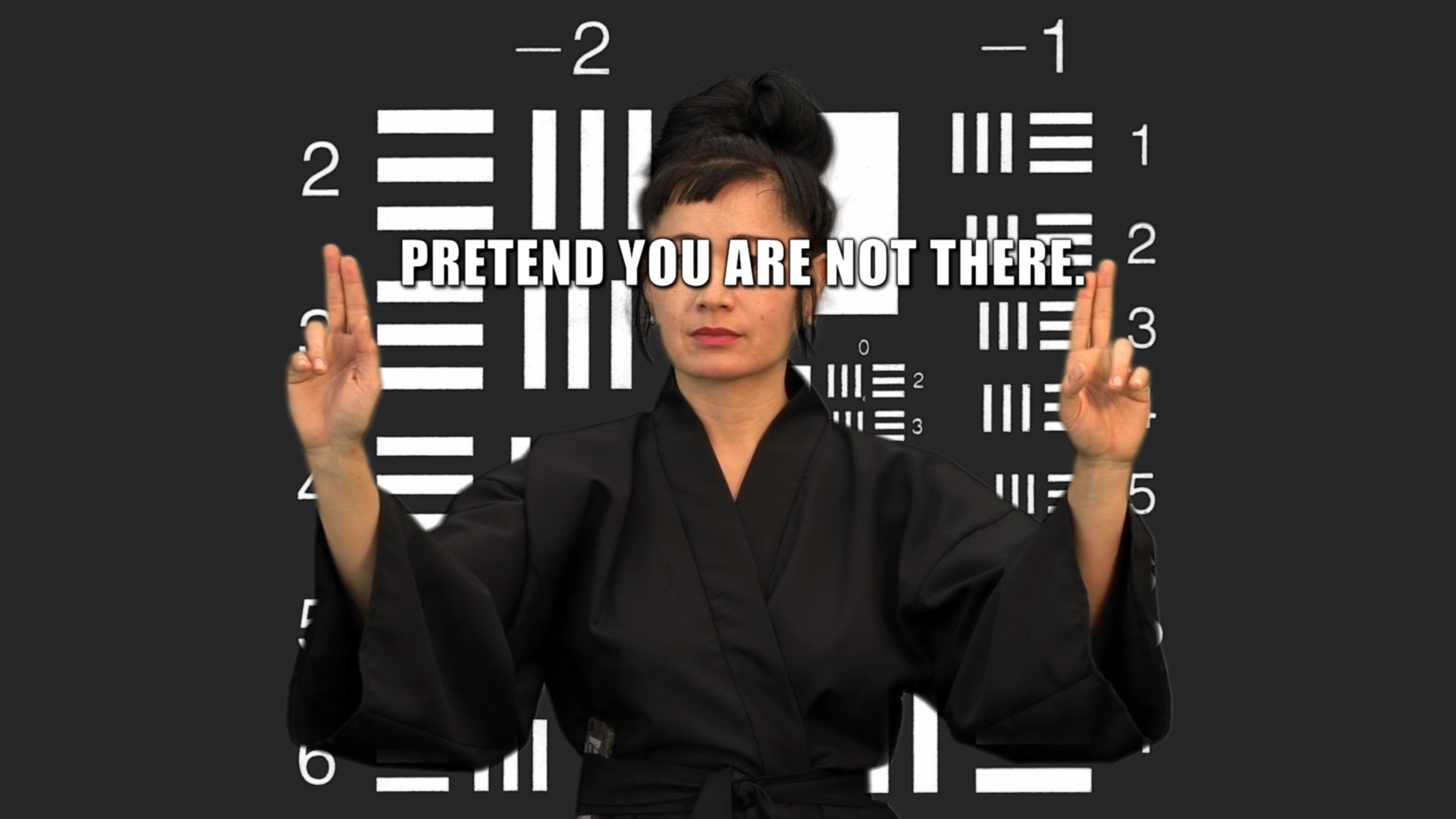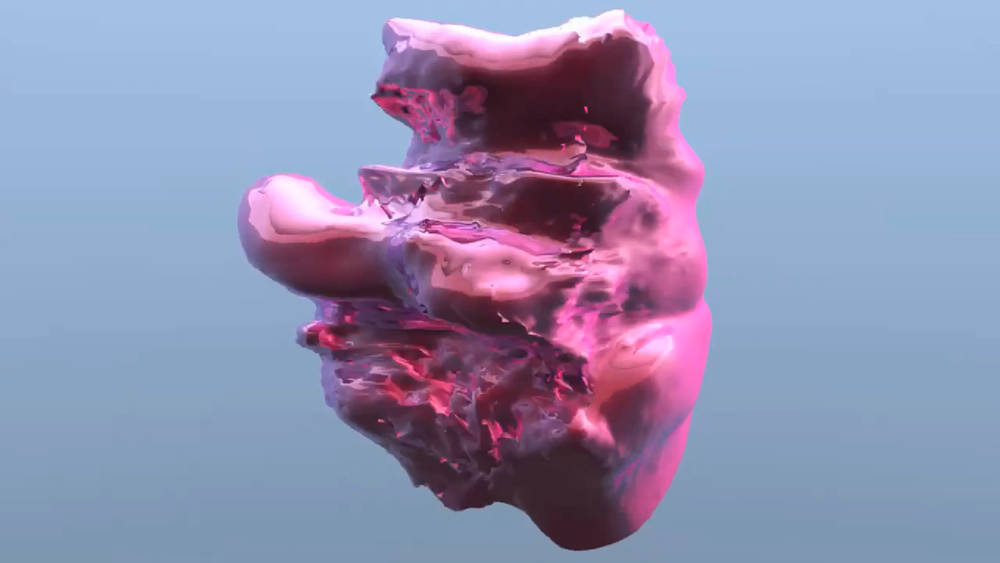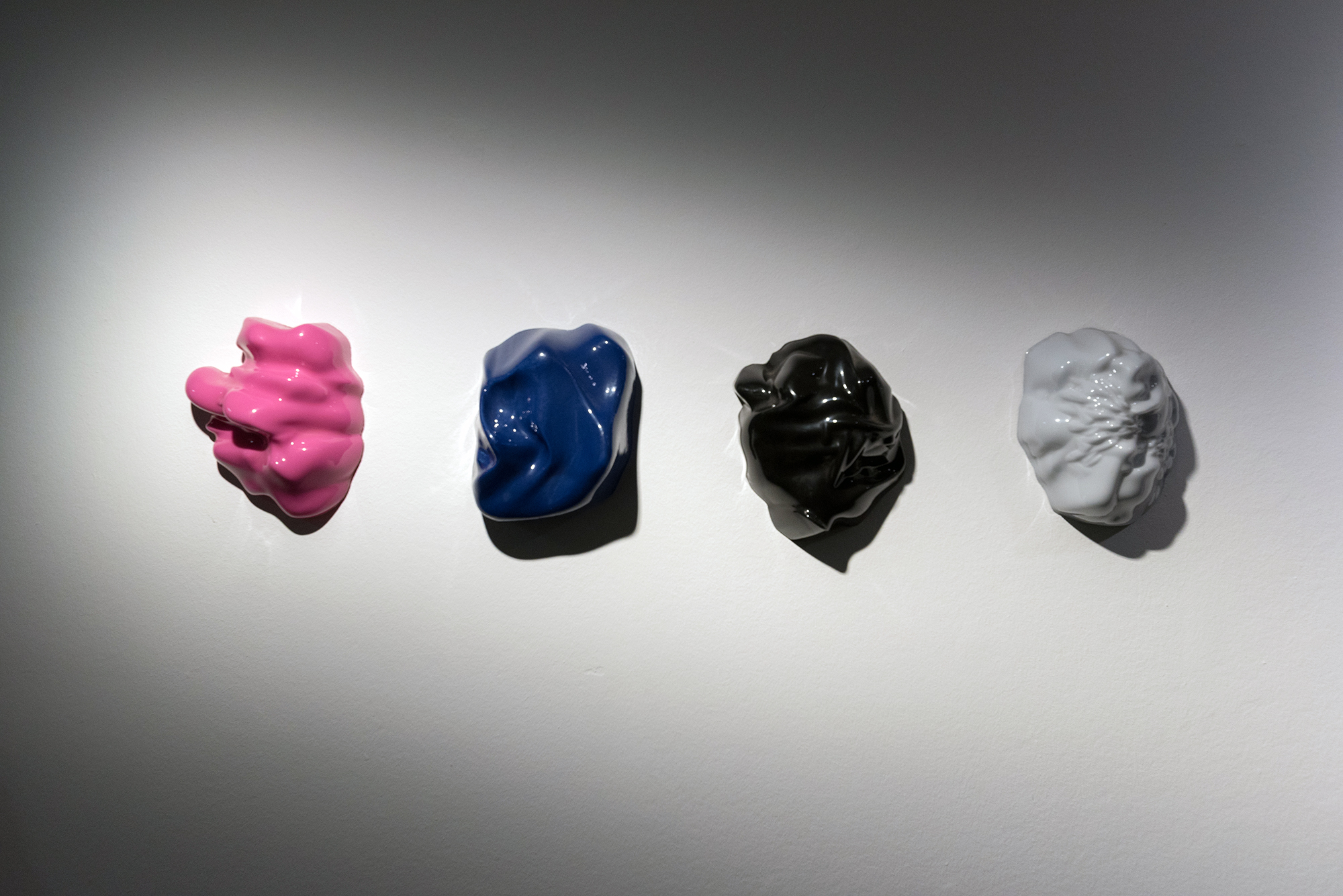Today’s surveillance technology finds everyone, that’s no longer a secret. But what if you don’t want to be found? A look at art shows the variety of possibilities.
Until recently, wiping traces and hiding one’s own identity was something reserved for spies and con artists. However, in our present times when all-encompassing surveillance has become easier than ever before and security is one of the most important maxims of any state, electronic mass surveillance is visibly becoming legitimized and doing anything without being observed, the right to a private sphere, is increasingly receding into the far distance. This development will not remain without consequences as can be inferred, among other things, from the international collaboration between academics which, back in 2014, pointed out the risk of a comprehensive surveillance policy in a document entitled “academics against mass surveillance” and pleaded for state protection of people’s privacy.
That said, there have been few positives to report since that appeal was made. And since the COVID pandemic the situation has even become more acute, since chains of infection and contacts need to be traced back meticulously. Surveillance technology and the relevant industry are booming. Yet how can we maintain a spark of that precious anonymity? Whilst spies rarely divulge this professional secret, artists, in turn, reveal quite a bit about the craft of invisibility. It becomes clear in the process that as different as the various surveillance technologies may appear, most camouflaging techniques follow the same pattern.
1. How to become invisible... with Hito Steyerl
In her work, artist and filmmaker Hito Steyerl investigates our present, digitized world. Accordingly, in her video “How not to be seen. A fucking didactic educational mov.file” (2013) she investigates the question of what opportunities we still have to hide in our increasingly high-tech society. Taking her lead from the YouTube how-to video genre, Steyerl presents invisibility strategies in several sequences, starting with a first lesson: “Make something invisible for a camera”. Initially, with suggestions such as “to hide, to remove, to go out screen, to disappear” she only appears to be presenting harmless everyday solutions.
On a visual level, by using something known as the USAF resolution test chart, Steyerl reveals, however, the origins of a kind of permanently optimized image resolution technology. What we are talking about here is a test pattern developed by the US Air Force in 1951 to measure and optimize its own air cameras. The idea behind this is simple: White strips of varying shapes that point in different directions are arranged into little groups and decorate the black test chart. When the strips can no longer be perceived as distinctly separate entities, this marks the resolution limit of the optical instrument – and thus the end of visibility in front of the camera. “Resolution determines visibility. Whatever is not captured by resolution is invisible,” concludes the first section.
Resolution determines visibility. Whatever is not captured by resolution is invisible.

Hito Steyerl, How Not to Be Seen: A Fucking Didactic Educational .MOV File,
2013, Image via www.moma.org
The next section is called “Be invisible in plain sight.” Here, methods of camouflage initially seem like joke answers – “Pretend you are not there. Hide in places.” But after a while the image of the artist who implements the proposed solutions by gesture is replaced by a view of an expanse of concrete in the Californian desert marked along the same lines as the strips from the USAF resolution test chart. As it turns out, the story of the USAF resolution test chart continued in exactly that desert. For a long time, the stretch of marked concrete served the US Air Force to calibrate their surveillance cameras. However, contemporary technology does not need the desert anymore. So how can we escape surveillance?
In the third section “How to become invisible by becoming a picture” the very question appears to include its answer. However, it soon becomes clear that things are more complicated than this, with additional, somewhat misleading information in the picture rendering the situation somehow unidentifiable. Could it really be possible to escape the surveillance camera’s ever-watchful eye? Unfortunately, not, and disillusionment promptly gains sway. Indeed, in the year 2000, a new standard in image-based resolution technology was established – the pixel. “To become invisible, one has to become smaller than or equal to one pixel” chants the narrator’s voice, thus heralding in that part of the video work which, starting with our present, visibly takes refuge in fiction.
To become invisible one has to become smaller or equal to one pixel.

Hito Steyerl, How Not to Be Seen: A Fucking Didactic Educational .MOV File,
2013, Image via www.artsy.net
2. How to become invisible... with Suzanne Treister
Initially, by overlapping different items of information, Suzanne Treister’s series of works entitled “Camouflage” also appears to be looking for ways out of the surveillance spiral. In “Camouflage”, Treister directs the viewer’s gaze directly at the technologies behind the NSA affair uncovered by Edward Snowden in 2013. The printed NSA documents on PRISM and GIG that were published in the wake of Snowden’s actions represent the material basis of Treister’s work on paper.
Treister covers in acrylic paint the printed texts which reveal PRISM, for instance, as the secret data-mining program allowing the kind of mass digital surveillance which has given the NSA that illegal access to private emails, photos, voice and text messages since 2007. In a certain way, Treister is using her watercolors to make an example. Indeed, it is in those very documents evidencing comprehensive electronic surveillance that she uses her strategy of masking and overcoding to demonstrate a way out of visibility. In order to do so, she has recourse to visual elements such as circles and beams from the original documents, copying these until the symbols overlie the contents of the documents, thus protecting them from the invisible, mechanized, analytical gaze of the PRISM software.

Suzanne Treister, Camouflage, 2013
(c) Suzanne Treister, Image via www.suzannetreister.net/
3. How to become invisible... with Zach Blas
With the introduction of biometric passport photographs, authorities have long been able to gather data relating to facial recognition. However, as meaningful as it might be to identify people electronically, at the same time there are a large number of associated risks. Indeed, in this field training artificial intelligence is still extremely labor-intensive. Countless images need to be collected and indexed, which can lead to discrimination. With his “Facial Weaponization Suite” artist Zach Blas indicates a possible way out of this plight. The work consists of a series of masks produced in workshops on the basis of their participants’ data.
The objective was to create “collective faces” and to use these to beat the facial recognition software at its own game. To this end, countless fragments of faces were laid on top of one another, but without trying to create an average face. The result is extremely alienated, abstract masks which, as a result of too much contradictory information, can no longer be identified as faces by software. “Facial Weaponization Suite” thus indirectly confirms an observation made by French philosophers Gilles Deleuze and Félix Guattari back in 1981 about the face as a political construct. In their opinion, the face, as the expression of an inner state, is subject to constant attempts at its correct interpretation. According to Deleuze and Guattari this is always associated with a comparison to an ideal determined by the prevalent power structures. It does not come as any surprise that this reveals the face of a white man as a kind of ideal type. Accordingly, faces are always validated, interpreted, categorized and evaluated against this ideal. In order to prevent faces from being handled this way and to allow them to become invisible, the philosophers also recommend targeted overcoding and undercoding.


Zach Blas, Facial Weaponization Suite, installation detail, The Unknown Ideal, 2019, Image via zachblas.info
And so, what is to be done in order to occasionally escape visibility? The strategies presented by the artists that allow them to become invisible, repeatedly lead to alienation, masking and retouching. Going by art and philosophy, masquerading and exaggerating appear to represent a remedy of some kind. In our current realities, this leads to an undreamt-of lifehack. With a facemask and a pair of sunglasses it should be possible to easily hide, at least from the conventional facial recognition software.
SCHIRN GOES TIKTOK
Unfortunately, the SCHIRN remains closed for now. But we are open 24/7 on TikTok and our social media channels!









